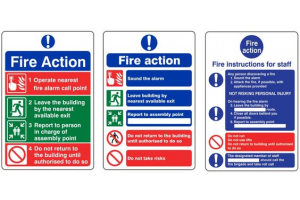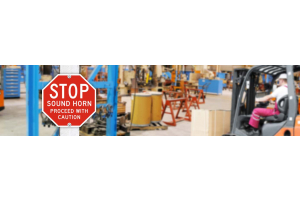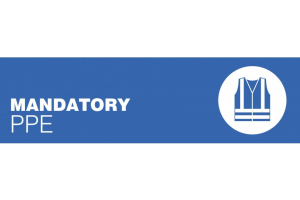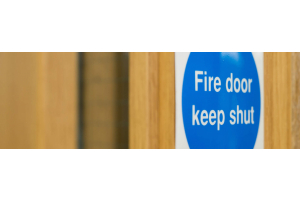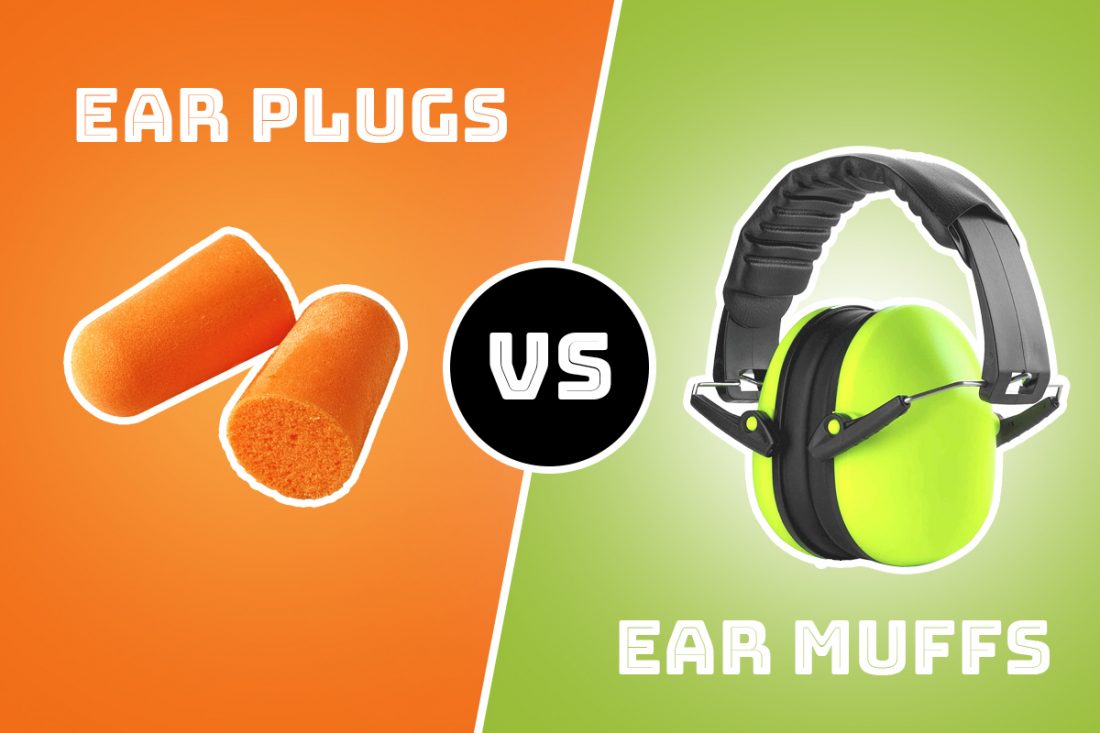
Personal hearing protection
Hearing protection should be issued to employees: where extra protection is needed above what has been achieved using noise control; as a short-term measure while other methods of controlling noise are being developed. You should not use hearing protection as an alternative to controlling noise by technical and organisational means. Providing hearing protectors and managing their use. The Noise Regulations require you to: provide employees with hearing protectors and make sure they use them fully and properly when their noise exposure exceeds the upper exposure action values; provide employees with hearing protectors if they ask for them, and their noise exposure is between the lower and upper exposure action values; identify hearing protection zones – areas of the workplace where access is restricted, and where wearing hearing protection is compulsory.
To make sure protectors are worn fully (all of the time they are needed) and properly (fitted or inserted correctly) will require you to have systems of supervision and training. Also consider the use of spot checks and audits.
Selecting suitable hearing protectors
You should take account of the following in selecting the hearing protectors you provide to your workers: choose a suitable protection factor sufficient to eliminate risks from noise but not so much protection that wearers become isolated; consider the work and working environment, eg physical activity, comfort and hygiene; compatibility with other protective equipment, eg hard hats, masks and eye protection. You should only supply CE-marked hearing protectors. You must consult with workers and their representatives over the types of protector provided.
You have a duty to maintain hearing protection so that it works effectively. Factors that affect the level of protection, such as the headband tension and the condition of seals, should be checked as part of your system of maintenance. Employees have a duty to report any defects in hearing protection. This duty should be explained to them, as well as how to identify defects, as part of their training.
Information, instruction and training
Employees should be provided with training so that they understand the risks they may be exposed to, and their duties and responsibilities. Where they are exposed above the lower exposure action values you should at least tell them: their likely noise exposure and the risk to hearing this creates; what you are doing to control risks and exposures; where and how to obtain hearing protection; how to identify and report defects in noise-control equipment and hearing protection; what their duties are under the Noise Regulations; what they should do to minimise the risk, such as the proper way to use noise- control equipment and hearing protection, your health surveillance systems.
Employee and safety representatives: Consulting with trade union-appointed safety representatives or other employee representatives is a legal requirement. Discuss with them your risk assessment and plans to control risk, including any proposal to average exposure over a week, selection of hearing protection and your health surveillance programme. Health surveillance: Providing health surveillance, You must provide health surveillance for all your employees who are likely to be frequently exposed above the upper exposure action values, or are at risk for any reason, eg they already suffer from hearing loss or are particularly sensitive to damage. Consult your trade union safety representative, or employee representative and the employees concerned before introducing health surveillance. Health surveillance usually means regular hearing checks, conducted annually for the first two years of being exposed and then at three-yearly intervals (although this may need to be more frequent if a problem with hearing is detected or where the risk of hearing damage is high).
The hearing checks need to be carried out by someone who has the appropriate training. A suitable doctor, nurse or audiologist needs to review the results and ensure that employees with poor hearing or rapid hearing loss are referred for further medical advice. You should receive results including information on an employee’s fitness to continue working in noisy environments. However, you should only receive information on any hearing damage an individual employee has if that employee has given consent. You will also need to see anonymised, grouped health information, which should be made available to employee or safety representatives. Where any hearing damage due to noise is identified you should prevent further harm to the individual, taking account of the medical advice you receive on fitness. On the basis of both individual and grouped information, you will need to consider what action you need to take; this should include reviewing your risk assessment, any control measures you have in place and your health surveillance procedures. You will need to keep health records containing information on the outcomes of health surveillance and fitness for work. Health records must be kept separate from any confidential medical results
